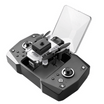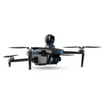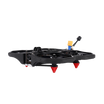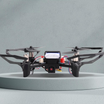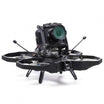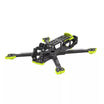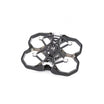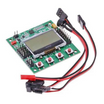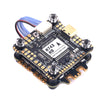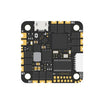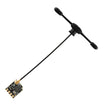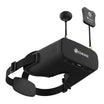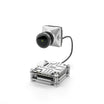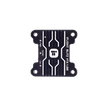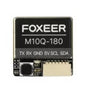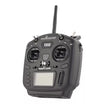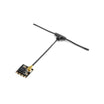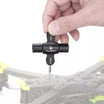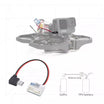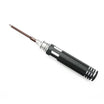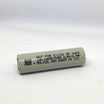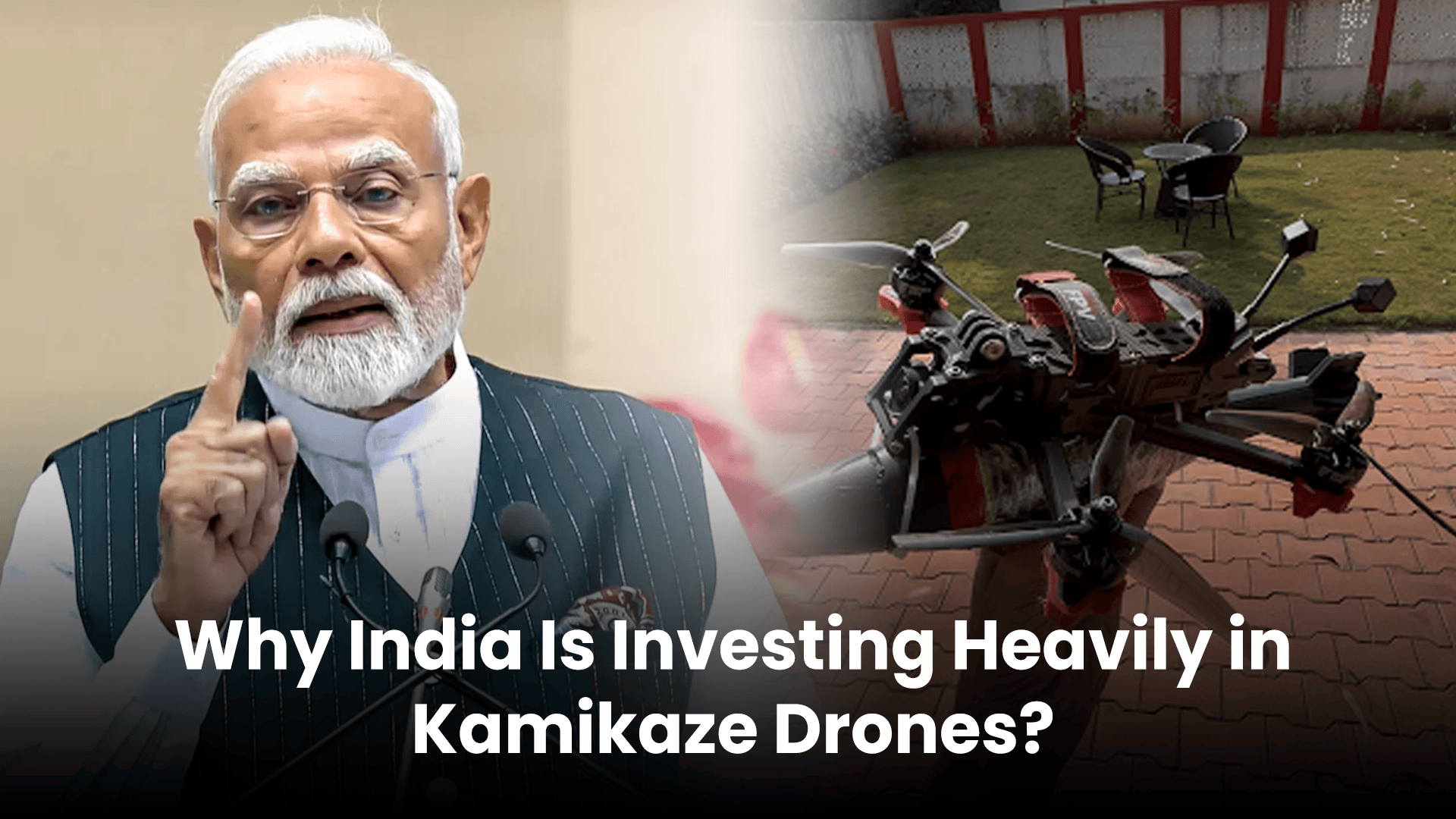Top Features to Look for in a Modern Kamikaze Drone
Kamikaze drones, also known as loitering munitions have redefined modern warfare strategies. It has merged the capabilities of surveillance UAVs with the precision strike power of guided missiles.
As conflicts evolve and defense technologies advance, understanding the key features of these drones is crucial. This holds especially true for military strategists, defense contractors, and technology enthusiasts alike.
In this blog, we’ll break down the top features that define a modern kamikaze drone, explore how countries like India are using them, and answer the most common questions around their cost, purpose, and future.
First, What’s the Kamikaze Drone Meaning?
Let’s clear this up.
The kamikaze drone meaning comes from World War II’s infamous suicide attacks. However, today’s versions are far more precise and tech-savvy.
Unlike surveillance drones that return to base, these drones are designed for one-way missions. Once launched, they loiter over the battlefield, lock onto targets (like enemy tanks or radar systems), and then dive-bomb them with deadly accuracy.
In simple words, you can think of them as self-guided missiles with brains. They are capable of decision-making and real-time adjustments.
Also read: How does a Kamikaze drone work?
There are several reasons why these drones are dominating modern battlefields such as:
-
Low cost compared to cruise missiles.
-
High precision even in complex terrains.
-
Reduced risk to human soldiers.
-
Stealth attacks, often catching enemies off guard.
What Features Should You Expect From A Modern Kamikaze Drone?
Let us go through the features that a modern Kamikaze should have:
#1 AI-Powered Targeting
Forget remote pilots. These modern kamikaze drones think for themselves.
Using artificial intelligence, they can:
-
Recognize enemy assets like tanks, radars, or bunkers.
-
Differentiate between civilians and military targets.
-
Change course mid-flight based on new intelligence.
This level of autonomy is already present in India’s latest drones. They do not rely on GPS and can function in jamming-heavy zones, thanks to India’s NAViC navigation system.
#2 Speed & Stealth
In war, speed saves lives. The faster a drone can loiter, spot, and strike, the better it is.
Take the Hellhound S3, for example, a next-gen drone that hits speeds of 375 mph and is almost silent in operation. With 3D-printed body parts and turbojet engines, it represents the bleeding edge of loitering munitions.
Loitering munition drone India, while not yet in this speed range, are improving fast.
Also read: 7 challenges to building a self reliant drone industry in India
#3 Long Loiter Time
The best kamikaze drones aren’t in a rush. They hover patiently.
A top-tier drone should loiter for 30 minutes to 2 hours, gathering data and waiting for the perfect moment to strike. This “hang time” gives commanders unmatched control.
India’s Nagastra-1, one of the best Indigenous drones for defense, for instance, can loiter for over 60 minutes, covering a range of 30 km. It is perfect for border missions and surveillance in disputed regions.
#4 Compact and Portable
Gone are the days of giant drones needing airstrips. Modern drones are:
-
Backpack-deployable.
-
Launched via tubes, trucks, or even helicopters.
-
Ideal for quick-response ground units.
This portability is one reason why these drones are being adopted across mountainous zones like Ladakh, where traditional systems struggle.
The InsideFPV Kamikaze drone,one of the combat drones made in India, is built for surgical precision. It uses advanced sensors and real-time targeting to strike exactly where it hurts, minimizing collateral damage. Designed for modern warfare, it also supports live intelligence streaming, giving operators critical insights before and during a mission.
#5 High-Payload Capacity
It’s not just about hitting the target, it’s about hitting it hard.
Today’s drones can carry explosive payloads ranging from 1 kg to 20 kg. Some are designed to pierce armor, while others are meant for soft-target takedowns like radar systems or ammunition depots.
#6 Anti-Electronic Warfare Capabilities
Today’s battlefield isn’t just about bombs, it’s about signals.
Enemy systems will try to jam, hijack, or confuse your drones. That’s why newer models are equipped with:
-
Anti-jamming antennas
-
Encrypted communication
-
Failsafe return or self-destruct protocols
Our Indigenous drone technology is heavily focused on this. It is ensuring future India kamikaze drones can fly “blind” if needed without losing their effectiveness.
#7 Affordable, Scalable Production
The kamikaze drone price has dropped significantly. In fact, India is producing kamikaze drones for as low as ₹40,000 (~$500), a tiny cost compared to enemy tanks worth millions.
According to recent reports, India aims to use swarms of low-cost drones to neutralize expensive enemy systems. The math? Spend ₹40,000 to destroy a ₹10 crore target. That's good business in war.
Compare that to imported systems like Israel’s Harop, which come with a kamikaze drone cost of up to ₹1 crore per unit. That’s why Make in India is the future of drone warfare.
We’re living in a time when wars are increasingly being fought from the skies, and kamikaze drones are leading the charge.
Their ability to combine intelligence, precision, stealth, and affordability makes them indispensable for modern militaries. This holds true especially for a country like India navigating complex geopolitical realities.
Frequently Asked Questions
What is a kamikaze drone and how does it work?
A kamikaze drone is a one-way drone that loiters over a target area and then crashes into a selected target, exploding on impact. It combines reconnaissance and strike in one system.
How much does a kamikaze drone cost?
Kamikaze drone cost vary widely. Indigenous Indian drones can cost as little as ₹40,000 ($500), while imported ones like Israel’s Harop can go up to ₹1 crore ($120,000).
Which countries are leading in kamikaze drone development?
Top kamikaze drone countries include the US, Israel, Russia, China, Iran, and now India, which is quickly rising with its own indigenous drone programs.
Are Indian kamikaze drones as advanced as imported ones?
India’s drones are catching up fast, with solid AI, long loiter time, and GPS-independent navigation. While not as advanced as Israel’s yet, they’re far more cost-effective.
Can these drones be jammed or hacked?
Modern kamikaze drones come with anti-jamming tech and secure communication systems. Indian models are being designed to resist EW (Electronic Warfare) environments.
Read More About Kamikaze:
- How kamikaze drone works
- What are Suicide drones?
- Kamikaze drone: Whole Destruction Drone
- How Kamikaze Drones Are Redefining Modern Warfare
- Can Kamikaze drones replace human Pilots?
- Rise of the Kamikaze Drone In Recent Times
- Indian Army High-Speed Attack Drone
- Kamikaze Drones in Kashmir: A Shift in Counterterrorism Tactics?
- The Impact of India's Kamikaze Drones on Contemporary Military Strategy
- Kamikaze vs Traditional Combat Drone

